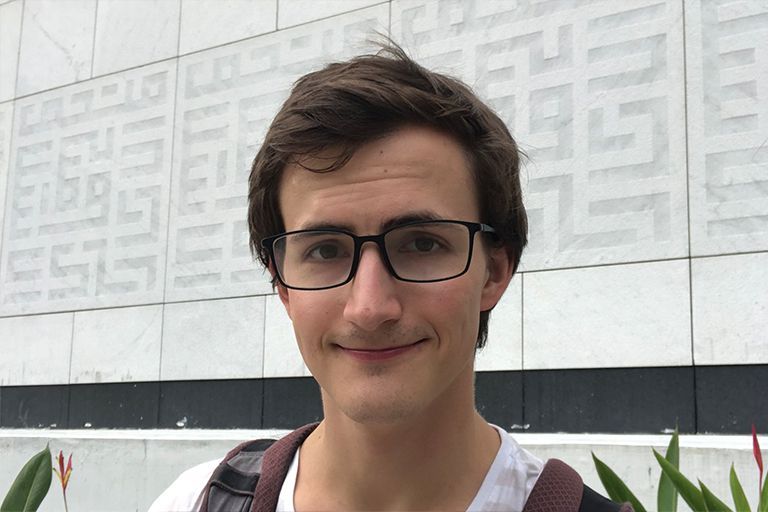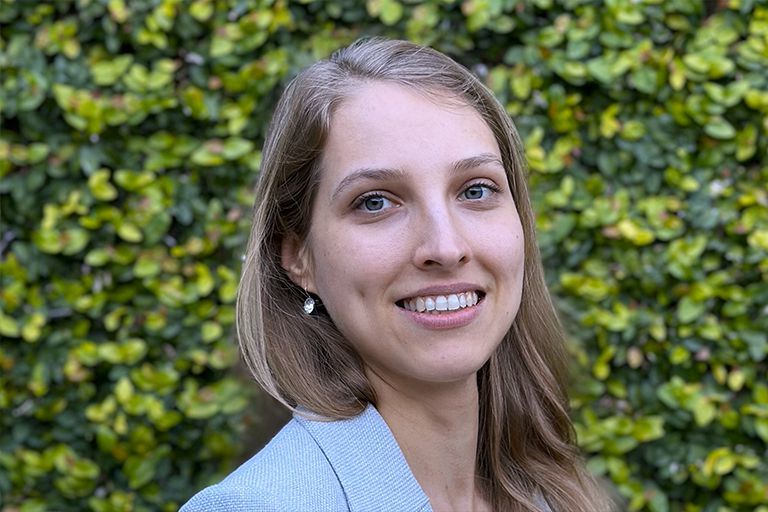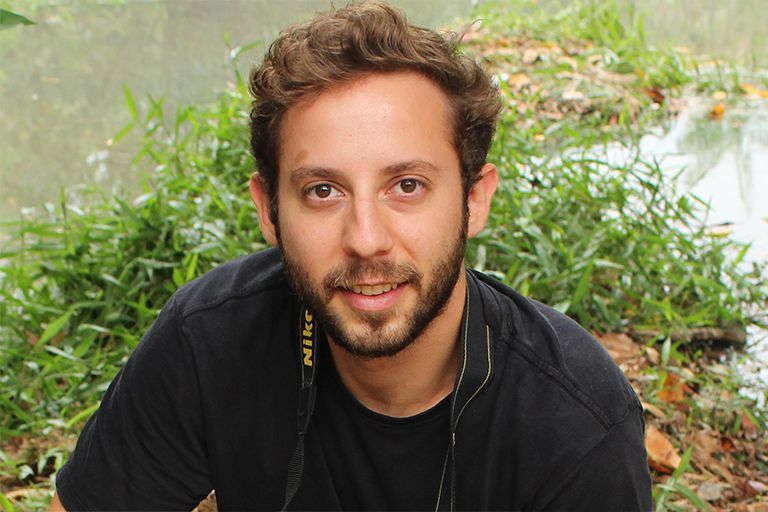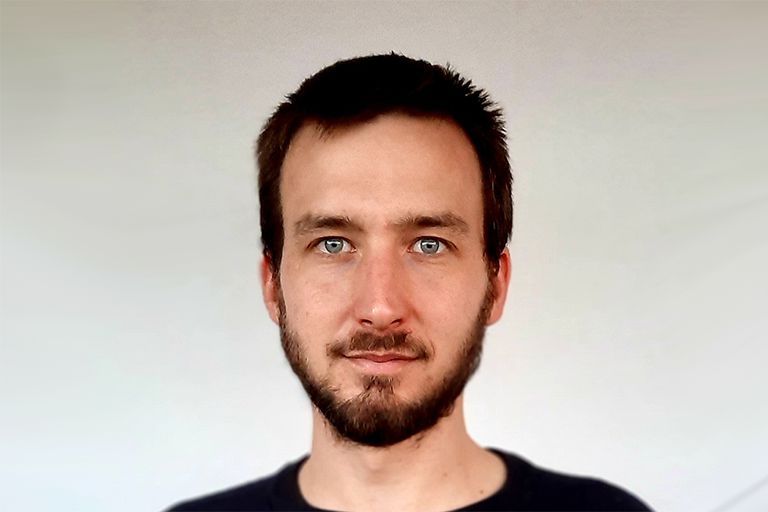Astrid Tomczak-Plewka
This story starts with Einstein. Not Albert Einstein, but his son Hans Albert who, in the 1930s, devoted himself to the study of bed load transport – against the advice of his famous father, according to rumour. Whether or not that is true, Einstein Junior paved the way for research into quantitative geomorphology. To this day, bed load in river beds is one of the most difficult geophysical phenomena to comprehend. One reason for this is that mountain rivers are largely unstable during floods, and they cannot be entered without risk. But the bed load transport process itself is also complex: the interplay of hydraulic forces and stones of different sizes leads to multi-layered dynamics. This makes predictions difficult.
One person who has set out to build on Einstein's legacy is Gilles Antoniazza. As a child, he spent his free time by a small river near Yvonand (Vaud), where he grew up. "I often went hiking in the region. I would go fishing there with my father – we often had barbecues by the river as a family and with friends," he recalls. An interest in natural sciences was more or less instilled in him from birth: his father was a biologist and a passionate ornithologist. Despite this, Gilles initially toyed with the idea of going in an entirely different direction by studying French or literature. However, his geography teacher at secondary school sparked Gilles' enthusiasm for his subject, so he chose a topic for his school-leaving certificate paper that has stayed with him to this day: the dynamics of watercourses.
"Immense practical relevance"
This is not merely a matter of abstract academic curiosity: bed load transport can increase the risks of flooding and damage hydropower plants, but it is also an important factor in riverine ecology. This is why there is a need for methods that not only record bed load transport, but also predict it as accurately as possible. Antoniazza addressed this problem in his doctoral thesis at the University of Lausanne, for which he has now been honoured with this year's Prix Schläfli Geosciences. " He provides the first anatomical analysis of where bedload comes from and how it moves through an Alpine river basin. " Stuart Lane, his supervisor at the University of Lausanne, points out. For this purpose, Antoniazza installed sensors over an area of 13.4 square kilometres in the Vallon de Nant (Canton of Vaud) to seismically record the noise caused by sediment transport. "There are two sources of this noise in river basins," Antoniazza explains. "One is the flowing water, and the other is bed load transport." However, these sources generate different frequencies, so they can be distinguished from each other. The most important finding: mountain watersheds seem to be relatively ineffective at removing coarse sedimentary material during a single flood event. "Many events are needed for transport to occur over long distances," Antoniazza says. "What we then see is the result of a long history." Conversely, this also means that hydraulic calculations are not sufficient to prevent potential damage caused by bed load transport in Alpine rivers. " His work is of immense practical relevance as it questions the foundations of sediment modelling in river engineering, necessary for sustainable bridge design, flood risk protection and improving the ecological integrity of degraded rivers. " his supervisor writes.
Start-up to measure bodies of water
"We are still a long way from having a perfect method for predicting bed load transport" Antoniazza comments. "But for the first time, we have a system that is affordable and accessible to everyone." A sensor costs a few thousand francs, but installing it requires considerable expertise – which Antoniazza and three of his colleagues are making available through a start-up they founded last summer. "The interest is encouraging," Antoniazza says. In fact, he currently sees his future as likely being outside the academic world – not least because of the insecure employment conditions at universities. Moreover, Antoniazza would like to stay in his home region – he lives in Grandson with his wife and their 15-month-old son. He still prefers to spend his leisure time in nature, although he doesn't have so much free time since he became a father. But he's relaxed about this because he's already had outdoor experience that he can still draw on: between gaining his master's degree and starting his doctoral thesis, he took a year off to hike from Mexico to Canada. And he crossed quite a few rivers along the way.







